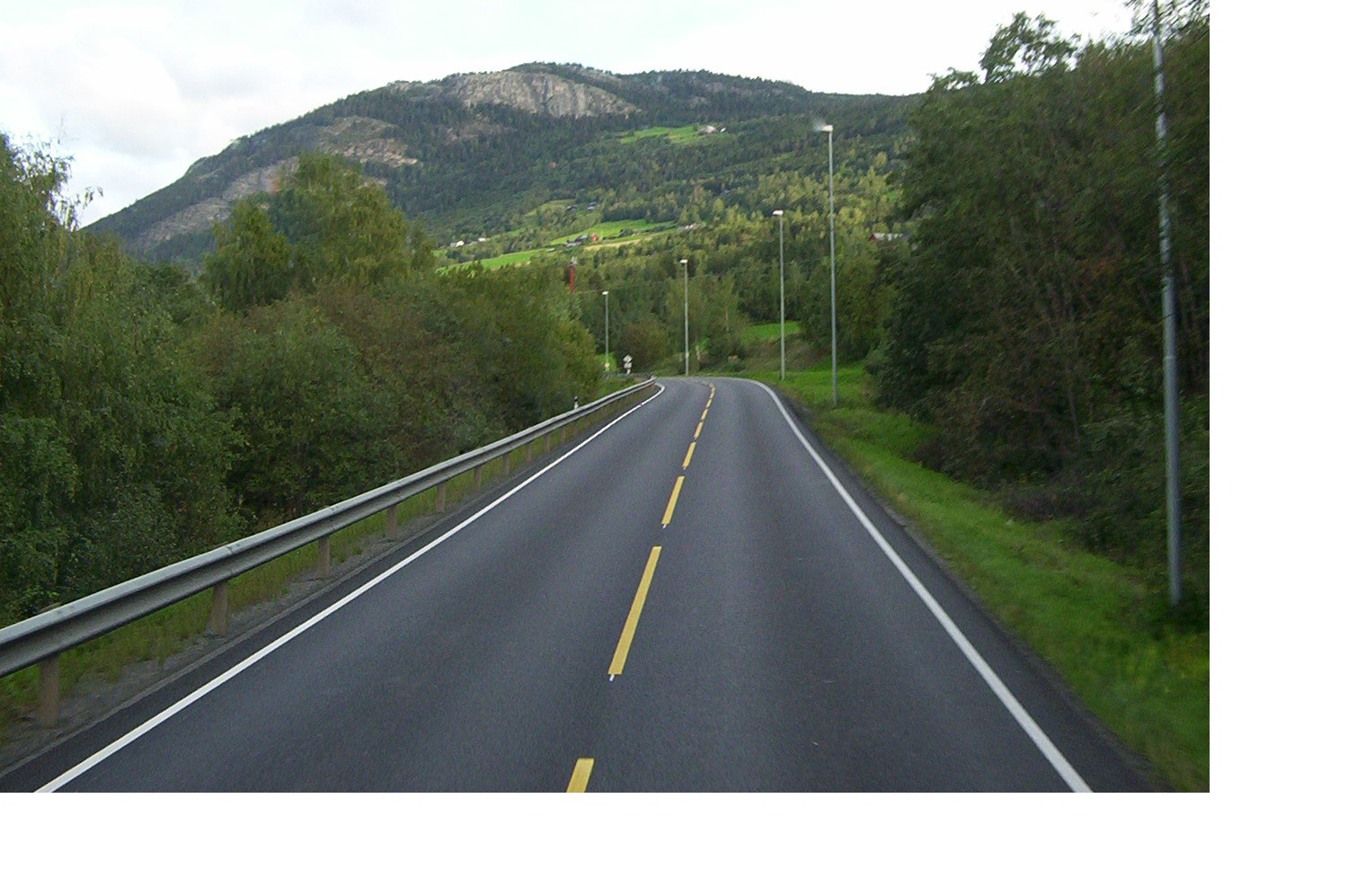The government of the Republic of Kenya is set to redesign and reconstruct the 41-km Maai Mahiu-Suswa road which is one of the main routes to western Kenya and the world-famous Maasai Mara Reserve.
Also Read: Kenya in search of a consultancy firm for Nairobi Expressway Project
The road has been prone to recurrent disruption and rerouting of traffic especially during the rainy season which has washed off some of the road sections. Faulting in the geologically unstable Rift Valley area has also affected the road immensely.
The scope of the expected work
The reconstruction of the Maai Mahiu-Suswa road encompasses the expansion of the road to accommodate larger vehicles and increased traffic volumes.
According to the Kenya National Highways Authority (KeNHA), the proposed construction design will use technologies that ensure that the road does not collapse and one that reduces the possibility of overtopping and siltation as it will utilize bridges and concrete slabs to cover unstable surfaces and faultiness.
“To ensure smooth and safe traffic flow near the Naivasha ICD and Industrial park, an interchange is to be constructed on pieces of land to be purchased on either side of the road by the proponent. It will also have pedestrian walkways to enable people to safely cross the road,” says KeNHA.
The entire project will cost approximately US$ 121M if the government decides to reinforce the soils using geosynthetic material or US$ 102.3M if it chooses not to use the material.
Boost to economy
The reconstruction of the road will ensure smooth communication and travel in all seasons and do away with the expensive disruptions and rerouting during the wet season which has caused huge losses for businesses along the route.
It is also expected to improve access to the inland container depot which is expected to become a transit cargo center serving Uganda, Rwanda, South Sudan, and eastern DRC.


My comment on this subject is only in regard to rain water diversions. In the past the waters are diverted without any regard to the communities living around and thus leaving slot of destruction to them. I would wish to ask the engineers working around this road not to just fix culverts, but also work out miderltiies of safely diverting these waters without interfering with shambas where they pass.